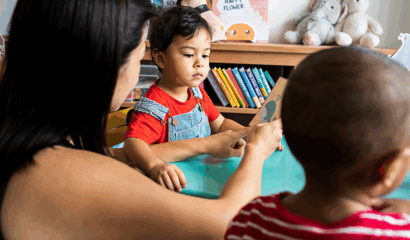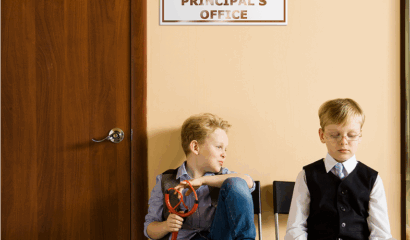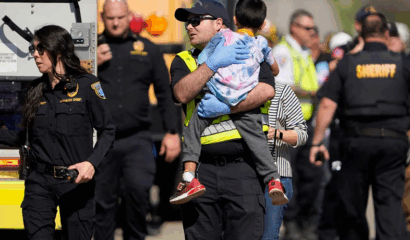Watch & Listen
Want to listen to an EWA Radio podcast episode or find a webinar you missed live? Find multimedia recordings and more in Watch & Listen.
What do the Trump administration’s policy changes mean for English learners? Get key insights and guidance from experts and a reporter in the webinar recording.
In the webinar recording, learn how some principals are supporting students’ learning and mental health amid education challenges.
In the webinar recording, learn how to better report on the impact of the Trump administration’s changes to K-12 education.
Mandy McLaren details how working as a special education teacher led her to uncovering inequities as an education journalist. (EWA Radio 353)
What is the role of a school district in ensuring students’ safety on school buses? How did the politicization of state police and the U.S.-Mexico border affect public safety in Texas? A reporting team details their award-winning investigation. (EWA Radio 352)
In the webinar recording, hear from experts about how pandemic-relief funds changed summer learning and how some programs are adapting as they move forward.





